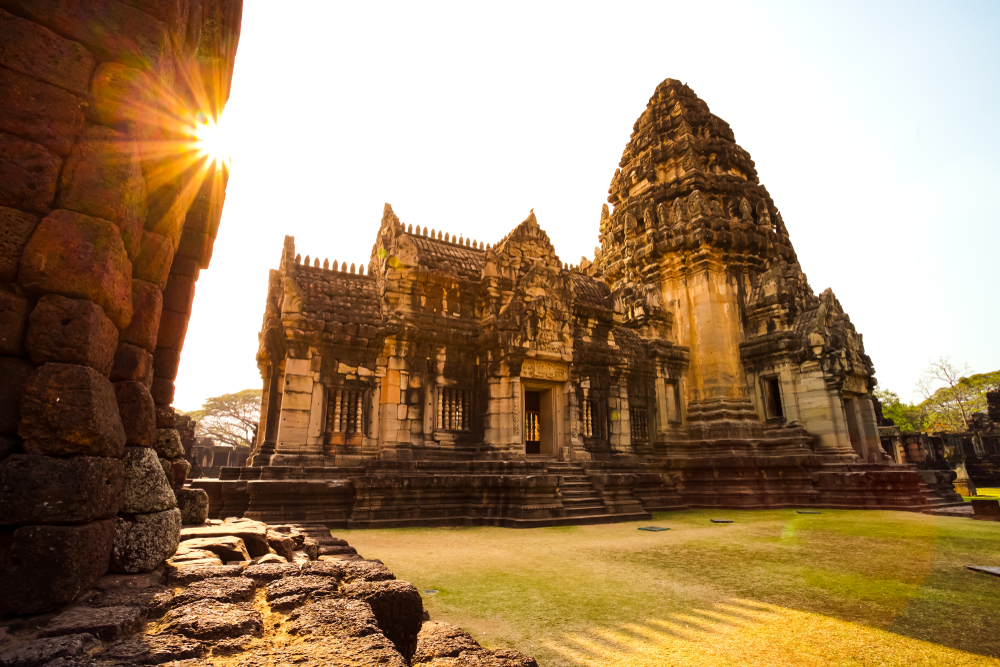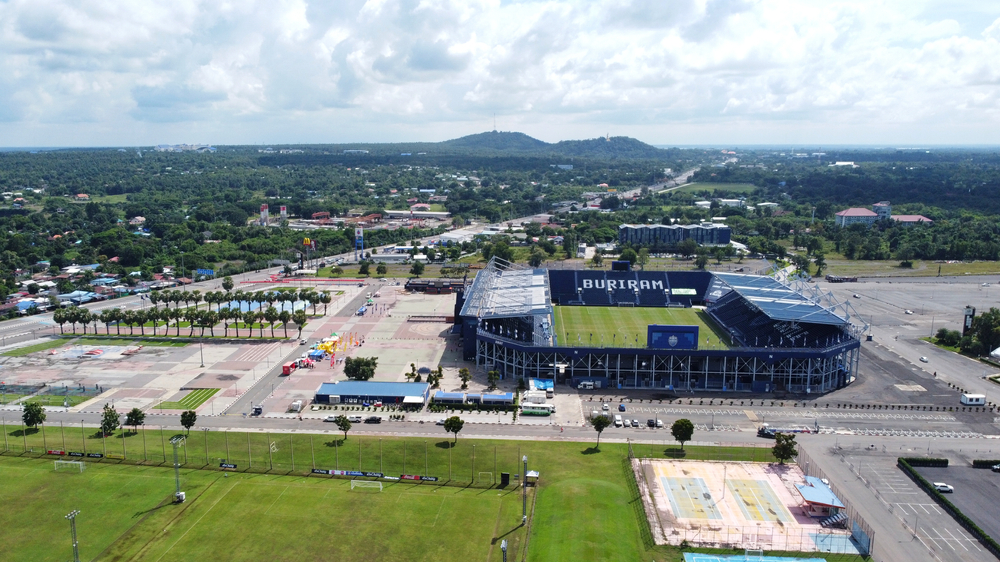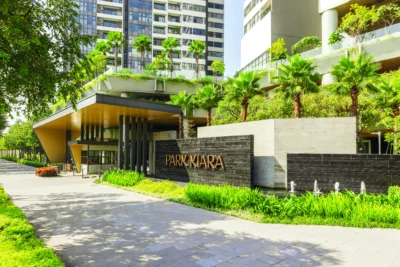Empire strikes back as real estate elevates Isaan, Thailand
Once regarded as a backwater in the kingdom, Thailand’s northeastern provinces are displaying strong appeal to homebuyers

The 12th-century temple of Phimai remains a reminder of the strength and breadth of the Khmer Empire.
Located just a two-hour drive from northeast Thailand’s largest city Nakhon Ratchasima (Khorat), the architectural marvel once marked the end of the Ancient Khmer Highway.
Nowadays, only fragments remain of the highly significant route, which extended 225 kilometres to Angkor, the mighty capital of the once potent Khmer Empire, and transformed the constituent parts of northeastern Thailand (known as Isaan) into one of the empire’s most affluent outposts.
Fast-forward 800 years and the launch of a new highway could once more bolster the region’s fortunes. Scheduled to be officially opened this year, the 200-kilometre Bang Pa-in-Nakhon Ratchasima motorway will slash travel time from Bangkok to just a couple of hours, considerably improving the city’s investment potential.
“It goes without saying that major infrastructure improvements bring direct and indirect economic growth, with real estate being one of the main beneficiaries,” says Marciano Birjmohun, a leading Thai property consultant. “It has already triggered major interest from the public and private sectors, resulting in growing business investment across the wider region.
“An uptick in the average household income and business accumulation in the region has also brought new wealth to many SMEs – thus raising the living standards.”
Isaan—which refers to the cluster of provinces in Thailand’s northeast that covers more than 60 percent of the country—has long been viewed as something of a backwater. There are no postcard-perfect beaches, rainforests and rolling peaks here. Instead, the landscape is largely flat and featureless, scorched by some of the country’s highest temperatures.
Cities such as Nakhon Ratchasima, Khon Kaen, Udon Thani and Buriram, meanwhile, lack Bangkok’s big-city bustle and the charm of Chiang Mai. Culturally, too, the region and its people have been often looked down upon by the kingdom’s urban elites, with jokes and insults about their perceived backwardness commonplace.
But such perceptions are gradually shifting. In recent years, Isaan has asserted itself as a dynamic cultural destination. Following the development of Buriram’s Fifa-standard Chang Stadium and Buriram International Circuit MotoGP track, the city was dubbed Thailand’s premier sports hub. The culinary scene has also exploded, with numerous world-class chefs returning to the region to celebrate their roots. Another major boon for the food scene is the introduction this year of the Michelin Guide in Isaan. One of the contenders will inevitably be Samuay & Sons, led by Chef Weerawat “Num” Triyasenawat who returned to Udon Thani more than a decade ago after working in some of San Francisco’s top restaurants. With the help of his brother Joe, he has cast the provincial capital onto the culinary map.
“People in the cities and central Thailand used to think of people in Isaan as subordinates, but I don’t think there’s as much discrimination now,” Num says. “They see Isaan culture as offering value and as a source of income. There are so many talented people in the region and that is more evident with the crafts and local expertise.”
Indeed, the resurgent pride in the region is seemingly being reflected in the real estate market. According to the Real Estate Information Center, new sales of residential units in Nakhon Ratchasima in the first half of 2022 reached 1,481 units, worth a combined THB7.66 billion, up 79 percent and 214 percent respectively, year-on-year. During the same period, the number of single detached houses sold in Khon Kaen totalled 287 units worth THB1.14 billion, up 23 percent and 36 percent, respectively, from the same period in 2021.
Low-rise detached properties accounted for most of these sales. In fact, Birjmohun posits that condominium units represent just 10 percent of the total stock in the Isaan market. This is largely down to the availability of large land plots and the appeal of countryside living. What’s more, he believes many of these lowrise projects are on par with similar products around the Bangkok area.
“Let me bust a myth: the Isaan real estate market should not be perceived only for low-income households,” says Birjmohun.
“Over the past five years, many of the new housing developments to come online are multiple room ‘mansions’, ‘villas’ and single detached houses topping anywhere between THB7 million to THB50 million— similar prices to the outskirts of Bangkok.
“However, Isaan is the undisputed winner when it comes to architectural designs and inspiration. Housing estates there tend to have a true narrative and well-integrated placemaking blueprint and are more often influenced by international architecture. This is in contrast to Bangkok where they are often straightforward, pre-designed properties that try to maximise the builtup area and often look identical.”
But not all industry observers are convinced that Isaan is on the cusp of a real estate boom. Narathorn Taninpitak, president of the Nakhon Ratchasima Real Estate Association, told the Bangkok Post in September 2022 that many infrastructure projects in the province have been delayed, hindering long-term investment in property development. These include the Nakhon Ratchasima motorway and double-track railway from Map Kabao in Saraburi in Khon Kaen, which would pass through Nakhon Ratchasima. He is also concerned that recent amendments to the city planning could impact developers’ land acquisitions.
“Higher interest rates also affect the purchasing power of homebuyers despite the improving economy in the province because their increasing income cannot keep up with soaring interest rates and inflation,” he tells the Post. “Moreover, developers need to design common areas in low-rise housing projects to avoid a new cost which customers would have from the land and building tax which will tax these areas.”
Much like the Khmer expansion into the region a millennia ago, Isaan could well witness another invasion with out-oftown investors looking to capitalise on the recent emergence of cultural attractions and quality housing stock to snap up bargains. They may find however that they face stiff competition from Isaan emigres and the region’s middle classes at the end of the road.
This article was originally published on asiarealestatesummit.com. Write to our editors at [email protected].
Recommended
Park Kiara in Hanoi raises the bar for sustainable urban living
Park Kiara in Hanoi is a repudiation of low-density, car-dependent suburban sprawl
6 reasons Bekasi is rising as Greater Jakarta’s next hotspot
One of Greater Jakarta’s rising stars is prospering, thanks to ample recreation and a contingent of desirable housing projects
6 developments driving Asia’s green real estate shift
Developers are being incentivised to push a green agenda into daring new realms
The Philippines’ LIMA Estate drives sustainable industrial growth
LIMA Estate models a citywide vision that uplifts workers while appealing to climate-conscious employers







